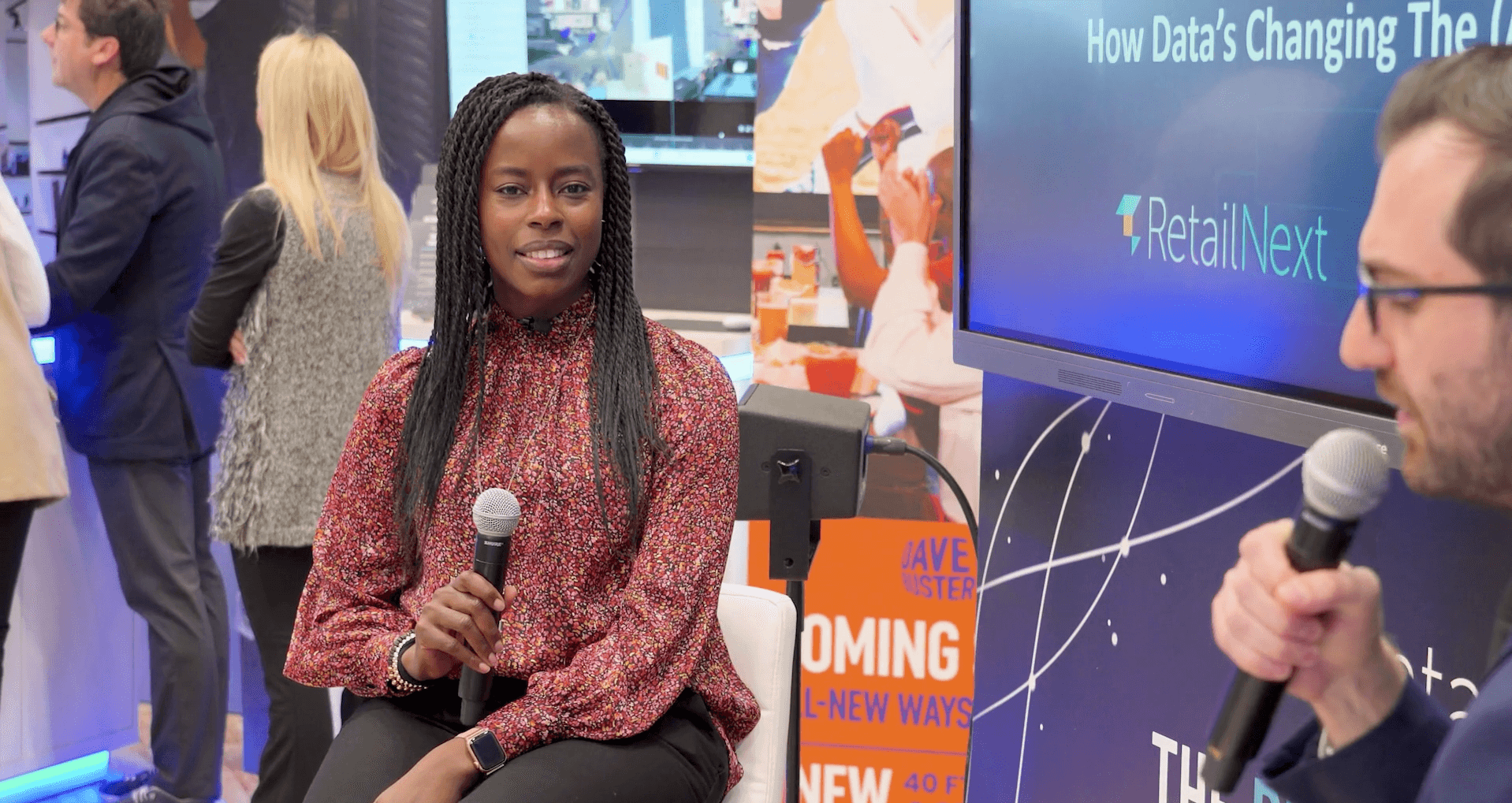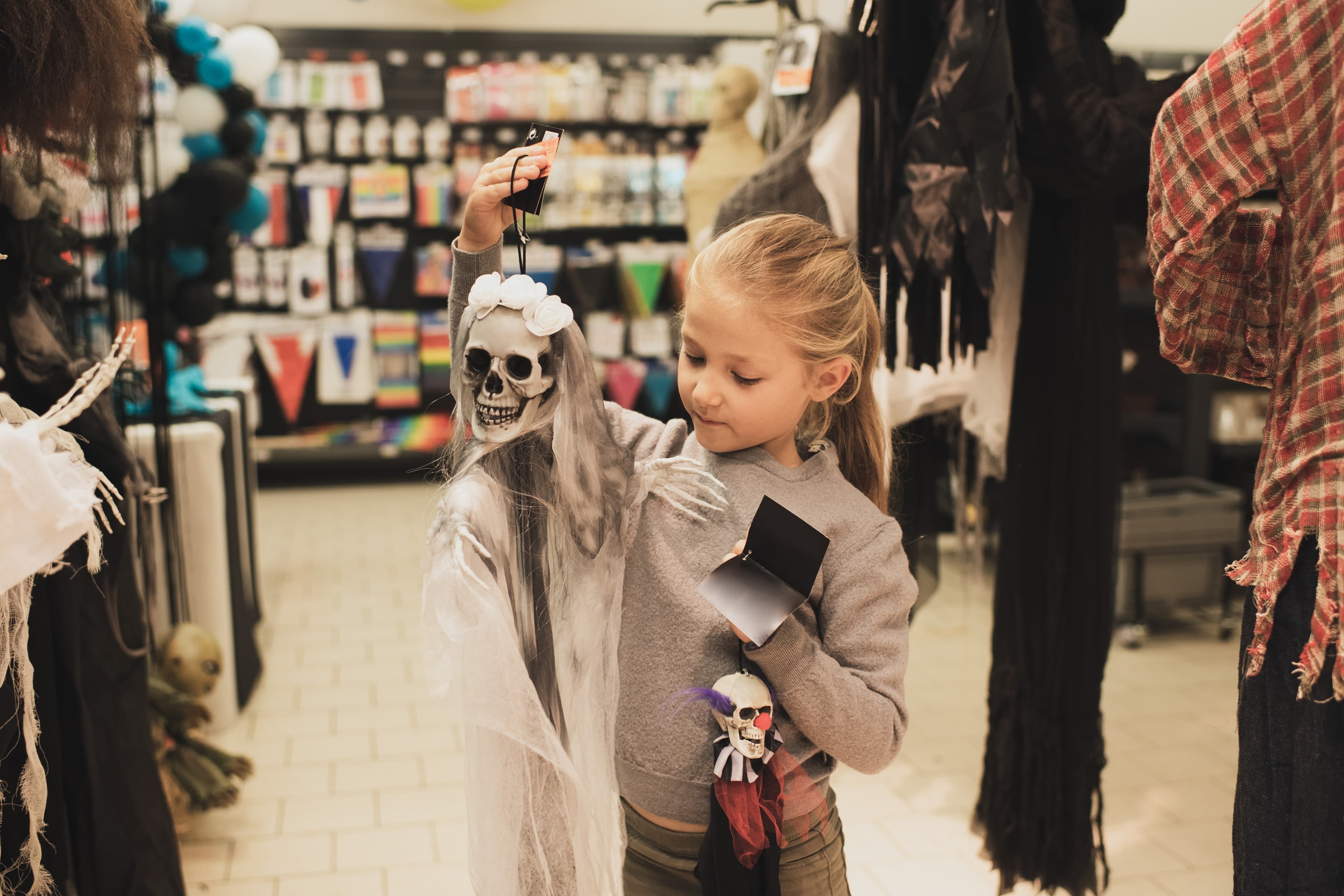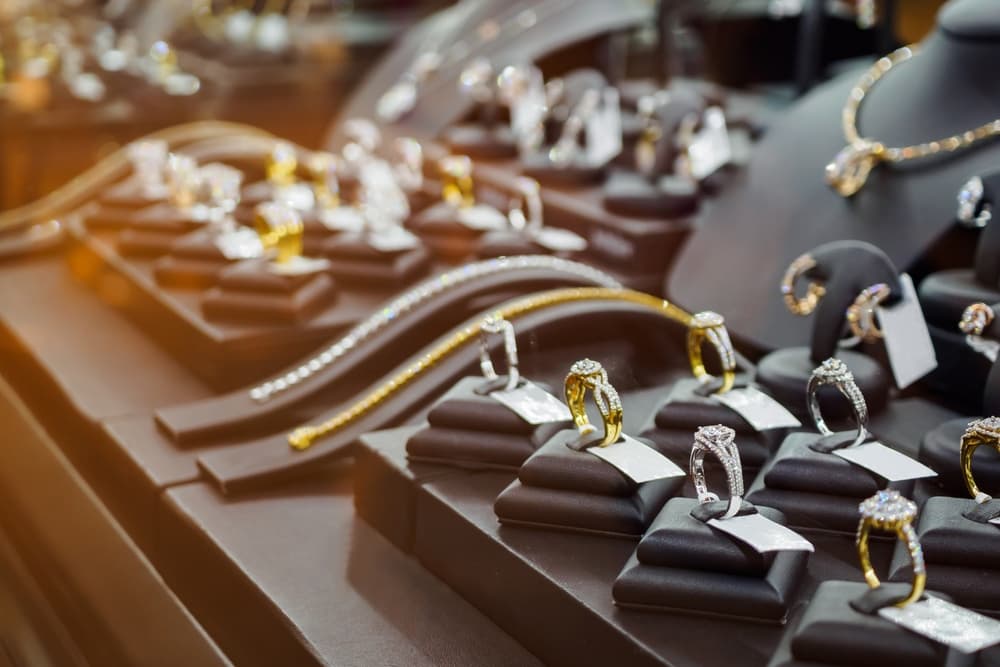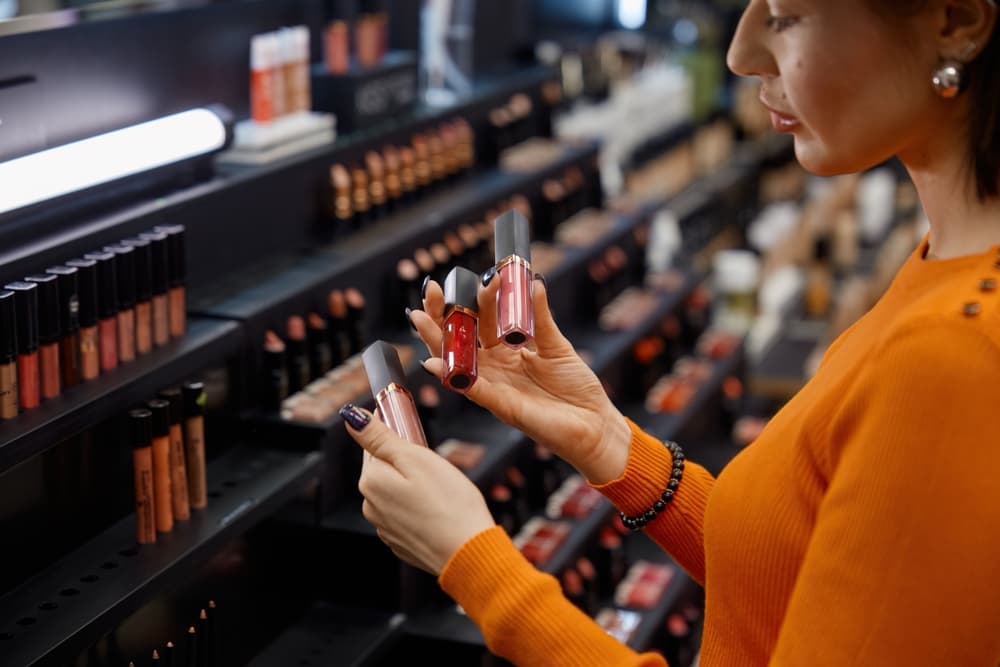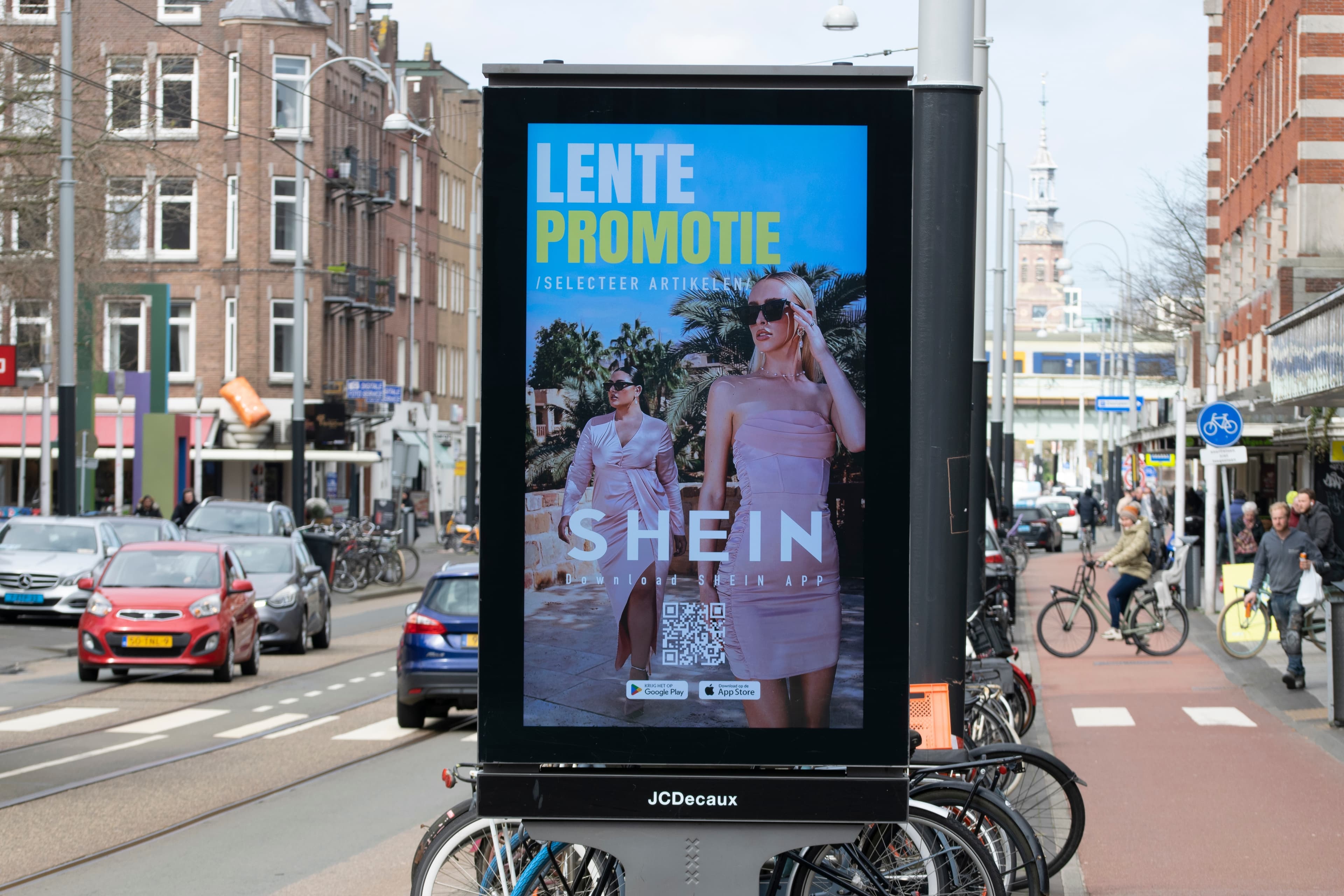Tracking The Evolution Of Luxury Retail
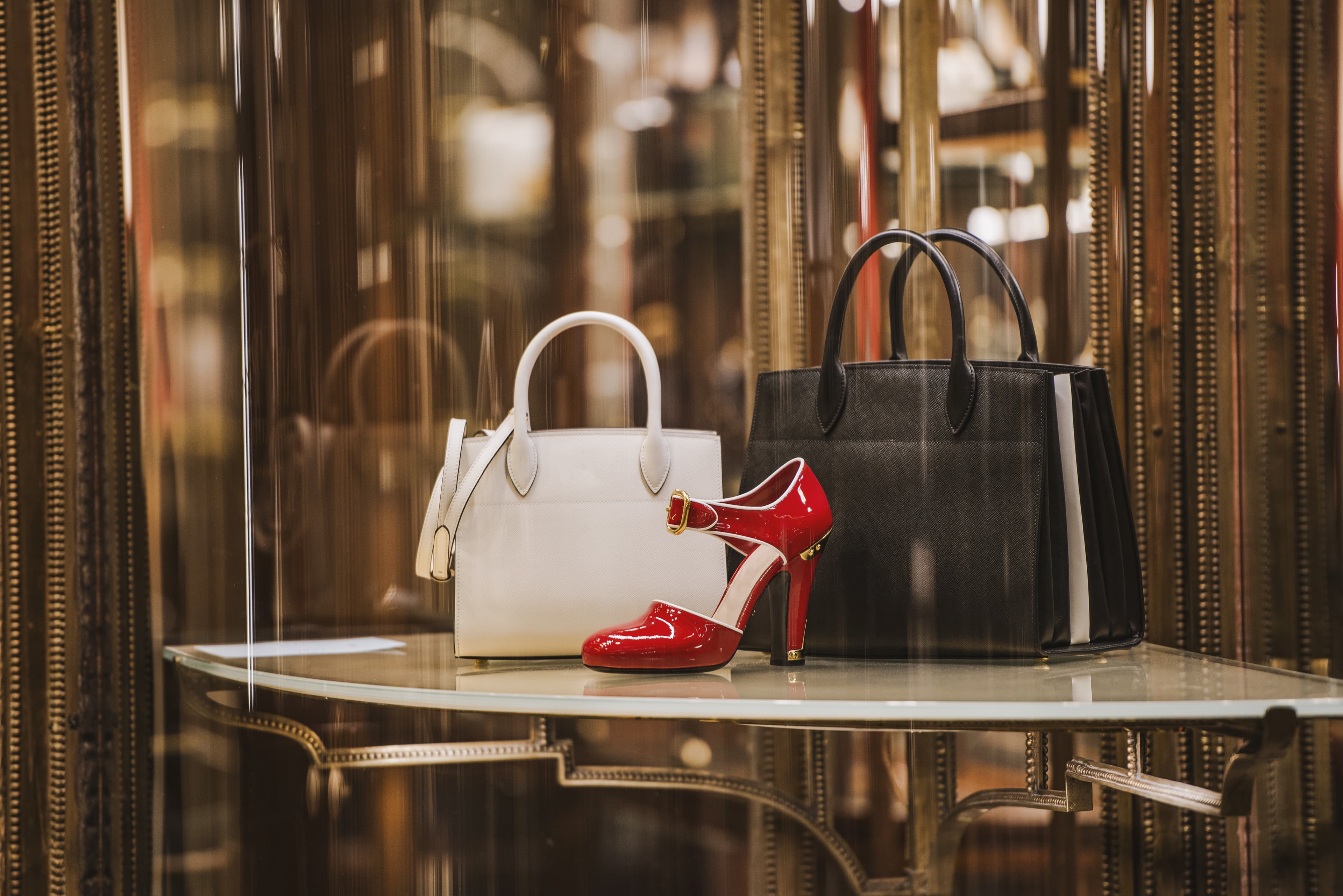
On this page
When the Covid-19 pandemic began, the luxury sector took a significant hit. According to Statista data, numerous businesses suffered due to limited international travel, lockdowns, and decreased foot traffic. But the pandemic had another effect: it showed us how short life really is. This cocktail of gratitude, newly reclaimed spontaneity, and the Covid-19 vaccine resulted in some knockout performances for luxury brands thereafter.
In 2022, Rolls-Royce Motor Cars broke its own record by achieving the highest global sales performance in the company's 118-year history. They delivered a total of 6,021 motor cars to their clients worldwide, which is an 8% increase compared to the previous record of 5,586 set in 2021. Similarly, Bain & Company reported that its annual Luxury Study “ha[d] never seen a year of surging performance to match 2021.” The study concluded that the post-pandemic rebound reflected a hunger among customers globally to shop for luxury goods in their home market, with exceptional growth in mainland China and the Americas.
But how is this category performing now? With the pandemic far behind us, how has luxury reinvented itself, and have these innovations kept it relevant amidst widespread spending pinches?
READ MORE: Retail Impact: Europe’s Move Towards Sustainable Fashion
Scaling Luxury: Big Brand, Small Items
Luxury brands in the mid-20th century were only available to a select few, as they were exclusive and expensive, and only the rich and famous could afford them. However, in the 1980s and 1990s, luxury brands began to broaden their customer base by offering more affordable products. This resulted in the emergence of mass luxury brands such as Michael Kors, Coach, and Burberry. These brands provided products that were still considered luxurious, but at a more reasonable price. This shift in the luxury market allowed these brands to reach a wider audience and increase their profits.
This shift marked a lower barrier to entry for luxury brands. By offering smaller items like key chains, purses, sunglasses, and fragrances, these brands found their way into the lives of modern consumers. For example, customers who cannot spend thousands of dollars on Dior apparel can more easily invest in Dior socks, scarves, fragrances, and eyewear. These are “quicker” purchases that require far less deliberation. Plus, accessories, unlike specialty knitwear or cashmere coats, can be used daily, justifying the purchase.
Furthermore, luxury brands often outsource the production of accessories, such as eyewear and phone cases, to third-party manufacturers like Luxottica and Casetify. These expert third parties can produce these accessories at a lower cost than in-house production. However, the brands sell these products at the same price as their in-house-produced items, citing the brand's name and reputation as a justification for the markup. This business model makes accessories extremely profitable for luxury brands.
Luxury brands make a significant profit from accessories. Some people believe that many big luxury fashion houses are essentially accessories brands that use runway fashion mostly for advertising, reports Glossy. Gucci is a prime example of this, as from 2012 to 2017, almost 60% of its total revenue came from leather goods and shoes, which is far more than any other sector.
Values-Driven Products And Practises
The pandemic accelerated a shift in values and lifestyle, leading the luxury industry to adapt its offerings and communication strategies to meet the expectations of a larger audience. Additionally, luxury brands face a greater challenge as younger generations become more conscious about the environment, society, and economy. They are more inclined to buy from companies that adopt sustainable practices and address issues they care about. To capture the environmentally-conscious Millennials and Gen Z, luxury brands are embracing sustainability, as these generations are expected to make up 70% of the luxury market by 2025.
Therefore, it is imperative for brands to rethink their business strategies and prioritize sustainability to appeal to this new generation of consumers. Winning over this audience is possible only if brands align with their values and beliefs.
In recent years, there has been a rise in luxury brands adopting sustainable practices. This includes using eco-friendly materials, redesigning packaging, donating or selling leftover fabrics to avoid waste, and committing to reducing their carbon footprint. Additionally, these brands are implementing ethical labor practices and partnering with luxury resale platforms to ensure products have a longer lifespan.
It is important to act sustainably, but being genuine and authentic in this approach is crucial to remain relevant. Prioritizing transparency is necessary to avoid negative publicity. Brands viewed as socially responsible and transparent about their practices are more likely to be trusted and have a positive brand reputation. However, the global fashion industry is still hesitant to disclose certain information about its supply chains. Some luxury brands, such as Louis Vuitton and Cartier, are leading the way by partnering with Aura Blockchain Consortium, the world's first global luxury blockchain. This allows consumers to track the entire lifecycle of their products by scanning the label on the item they wish to purchase.
Increased Focus On Experience(s)
In the post-pandemic era, brick-and-mortar stores have used 'hyperphysical' retail to attract shoppers back to physical stores. After a long period of separation and an increased reliance on e-commerce, customers are now looking for new and exciting retail experiences. While some of these experiential concepts began as pop-ups, they have gained popularity and are now becoming permanent fixtures in the retail industry.
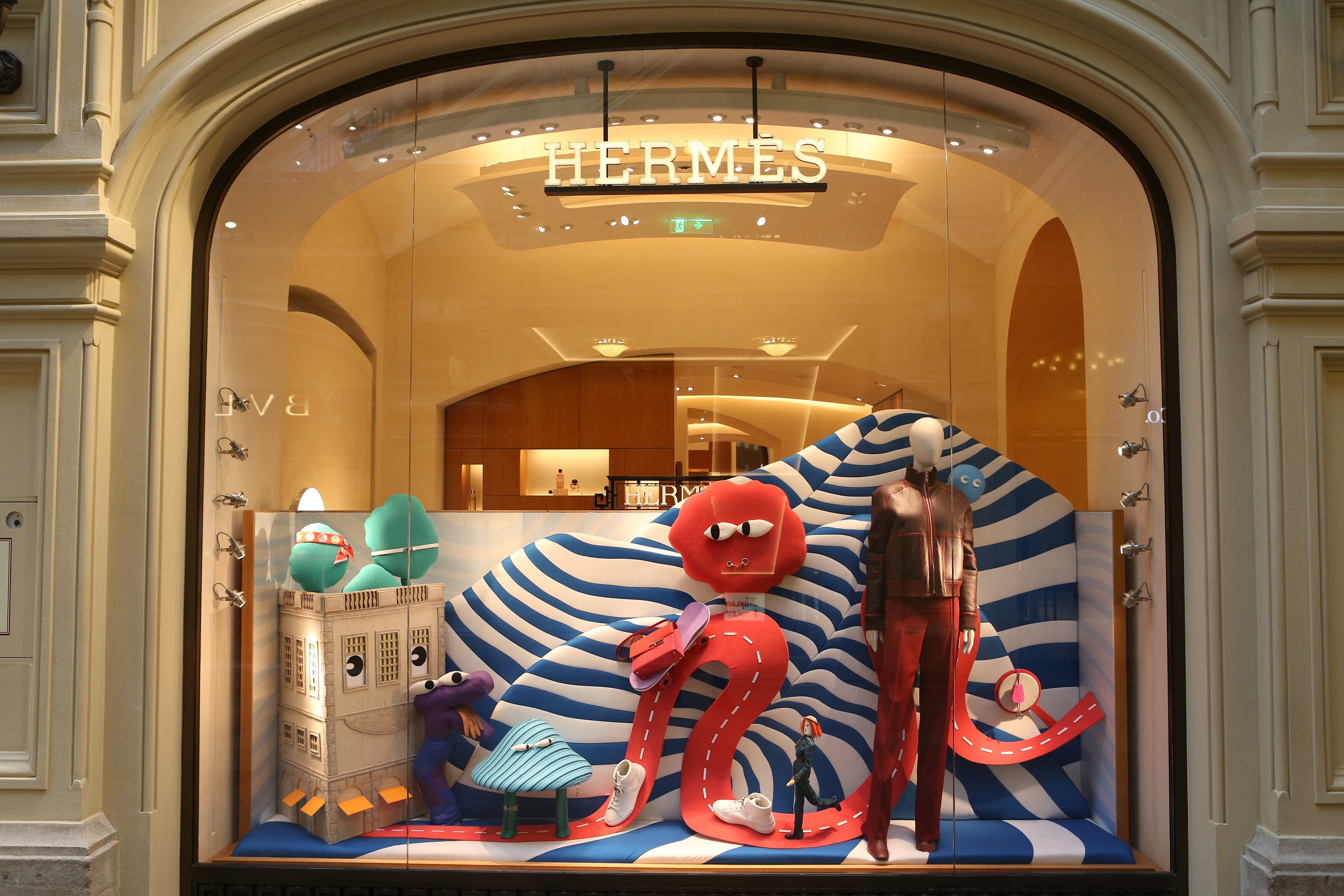
Luxury shoppers are becoming more demanding when it comes to in-store experiences. According to a report by The Business of Fashion, 31% of luxury shoppers visit physical stores at least once a month, preferring the benefits of face-to-face interactions. Additionally, 68% of luxury shoppers believe that involving a physical store is crucial for customer service. Separate research commissioned by the global technology firm Epson reveals that 75% of European shoppers would change their shopping behavior if high street stores offered more experiential options.
Experiential retail transforms the shopping experience into an awe-inspiring journey. But what does this look like? Well, these stores get playful with layout, are highly conceptual, and use tactile materials to encourage interaction with the space itself. Because of the installation costs, the need for campaign-specific changes, and the niche category considerations, hyperphysicality has thrived in the luxury space.
Balenciaga launched its Le Cagole handbag line in 2022, and as a part of the launch, the brand covered its Mount Street store in London with bright pink faux fur. The walls, seating, shelves, and floor were all covered in soft, tactile material, which offered a unique experience for the visitors to touch and feel. This provided a perfect opportunity for shoppers to take selfies and post them on social media, thereby extending the reach of the installation online.
READ MORE: Understanding ‘Hyperphysical’ Luxury Retail
In tracking the evolution of luxury retail through the lens of the Covid-19 pandemic and beyond, it's evident that the sector has not only weathered the storm but has emerged stronger, more innovative, and more attuned to the evolving needs of its clientele. The pandemic catalyzed profound shifts in consumer behavior and values, prompting luxury brands to adapt swiftly to meet changing expectations. One of the most notable transformations has been the democratization of luxury, marked by a strategic shift towards offering more accessible products. By diversifying their offerings to include smaller items like accessories, luxury brands have expanded their reach and profitability, appealing to a broader audience while retaining their aura of exclusivity.
Furthermore, the imperative of sustainability has emerged as a central tenet shaping the future of luxury retail. This alignment with the values of Millennials and Gen Z enhances brand reputation and secures long-term relevance in an increasingly conscientious market landscape. Moreover, the post-pandemic era has seen a resurgence of experiential retail, with luxury brands leveraging 'hyperphysical' concepts to create immersive and memorable in-store experiences. By transforming brick-and-mortar spaces into captivating environments that blend artistry with interactivity, luxury retailers are redefining the traditional shopping journey, catering to the desires of discerning consumers seeking novelty and engagement.
In the rapidly changing luxury retail industry, it is evident that brands must be adaptable, innovative, and uphold values-driven practices to succeed. By embracing these principles, luxury retailers can navigate the complexities of the modern consumer landscape and chart a course towards sustained relevance and success.
READ MORE: Top 4 U.S. Summer Retail Trends Of 2024
About the author:

Ashton Kirsten, Global Brand Manager, RetailNext
Ashton holds a Master's Degree in English and is passionate about physical retail's unbridled potential to excite, entertain, serve, and solve problems for today's shoppers.
